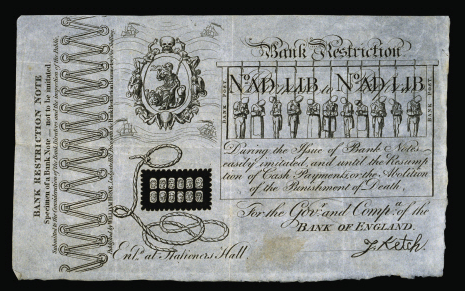Bank of England
 The Bank of England is the central bank of the U.K., and most modern central banks have been based on it. Established in 1694, it is the world’s 8th oldest bank. The bank is owned by the U.K. government, and its headquarters are located on Threadneedle Street in London.
The Bank of England is the central bank of the U.K., and most modern central banks have been based on it. Established in 1694, it is the world’s 8th oldest bank. The bank is owned by the U.K. government, and its headquarters are located on Threadneedle Street in London.
Related BRANCH articles: Mark Crosby, “The Bank Restriction Act (1797) and Banknote Forgery”; Alexander J. Dick, “On the Financial Crisis, 1825-26”; Rebecca Nesvet, "Miss Whitehead, 'The Bank Nun'"; Lynn Shakinovsky, “The 1857 Financial Crisis and the Suspension of the 1844 Bank Act”
Coordinates
Latitude: 51.513773700000
Longitude: -0.087843700000
Longitude: -0.087843700000

![Cruikshank note[1]](http://www.branchcollective.org/wp-content/uploads/2012/01/Cruikshank-note1-100x100.png)
